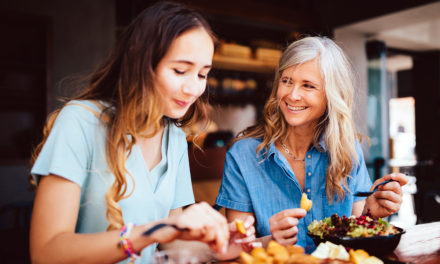Now that you have your wine lingo down, it’s time to learn how to avoid common mistakes made by wine novices. Here is our quick guide to some vino do’s and wine don’ts.
Opening: Let red wine breathe.
You’ve probably heard people talk about letting wine “breathe”—you may have even done it yourself. But do you know why?
Oxygen allows wines to open up and release its aromas. It also helps mellow bold tannins. Young red wines benefit most from breathing—the majority of white wines don’t really require it. The easiest way to give wine the air it needs is to decant it, either in a glass or in a decanter, for about 30 minutes (more or less depending on how tannic the wine is). You can also use aerators, like the popular Vinturi Wine Aerator, which instantly aerates your vino one pour at a time. Or opt for hyperdecanting, invented by former Microsoft exec Nathan Myhrvold, which literally whips wine into shape in a blender in 30-60 seconds. What you shouldn’t do is uncork a bottle and expect it to breathe in the bottle—there isn’t enough wine-air contact.
Tasting: Don’t be afraid to spit.
If you’re at a wine tasting, the last thing you want to do in front of a winemaker is spit out the product they worked so hard to create. Right? Wrong. Winemakers expect you to spit, especially if you’re going through several glasses of reds and whites. They also expect you to look at the wine in the glass to inspect its color and clarity, swirl it around in the glass to give it some air, smell it to take in all of the different aromas, and swish it around in your mouth to explore the complex flavors.
Drinking: Do pair your wine with food.
Wine and food go together like peanut butter and chocolate or Miley Cyrus and twerking. But how do you know what wines pair well with what foods? Most wine experts will tell you to ignore old rules like white wine with fish and chicken and red wine with red meat, and drink what you like. Exact food partnerships can be much more complicated depending not only on the protein, but also the sauces and cooking methods.
As a general rule of thumb, pinot noir and sauvignon blanc are often considered to be the food friendliest red and white respectively, and sparkling wines are always an ideal choice with foods. Another good guideline is to pair hearty dishes with bolder wines and delicate dishes with lighter wines.
Storing: Don’t keep an open wine bottle for too long.
As much as wine needs air, oxygen is also wine’s kryptonite. Exposed to it for too long, and it destroys the flavor. An open bottle of red probably lasts 3-4 days, white only 1-3 days, and sparkling wine won’t make it through the night. To maximize the shelf life of an open bottle, be sure to store it recorked in the fridge—both red and white—because the cold preserves the flavor longer. (Take the red out of the fridge 30 minutes before serving to bring it back to room temperature.) Another option is to pour the wine into a smaller bottle, like a 375 ml bottle, to minimize the amount of air the wine is exposed to. Applying the same principle, you can drop marbles in the leftover 750 ml bottle to raise the wine level.
Chilling: Do chill some reds.
Red wine drinkers often lament their preference in the midst of a summer heatwave, when a glass of something cold is much preferable to a room temperature sipper. Fear not, some red wines, the fruitier ones in particular, are actually well-suited to light chilling. These include some lighter zinfandels and pinot noirs, Beaujolais, Lambrusco and barberas. Just pop them in the fridge for about 30 minutes to give them a nice chill. But please, whatever you do, don’t put ice cubes in your glass!







